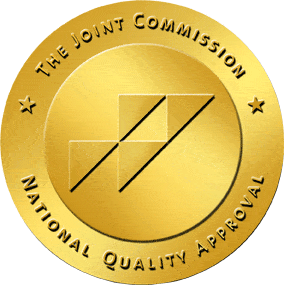Muscle Dysmorphia
With muscular dysmorphia or bigorexia, people become preoccupied with developing muscle to achieve what they perceive as the perfect shape. It’s sometimes difficult to determine if someone is suffering from muscle dysmorphia, as it might be considered a dedication to healthy exercise and weightlifting.
Although muscle dysmorphia isn’t as recognizable or understood as anorexia or bulimia, it’s still important to get muscle dysmorphia treatment to prevent negative health consequences.
Muscle Dysmorphia Symptoms
- Preoccupation with the idea that their body is not lean or muscular enough
- Maintaining an extreme exercise program, usually including long hours of weightlifting
- Excessive attention to diet with a focus on healthy foods and protein
- Frequently giving up social activities or work obligations because of a compulsive need to maintain one’s workout and diet schedule
- Working out despite injury
- Extreme anxiety when workouts are missed
- Excessive use of food supplements
Health Consequences of Muscle Dysmorphia
Muscle Dysmorphia Treatment At Aster Springs
Our highly skilled and experienced clinicians at our muscle dysmorphia treatment center in Richmond, VA work closely with each client to create an individualized treatment plan to ensure the best chance at recovery. Each client plays a vital role in helping to set realistic treatment goals that will address the underlying issues of their muscle dysmorphia.
Therapies We Use to Treat Muscle Dysmorphia
To treat muscle dysmorphia or bigorexia, our clinicians create an individualized treatment plan for each client based on their specific needs and diagnosis. At Aster Springs, some of the evidence-based treatments our clinicians utilize to treat muscle dysmorphia include:
Muscle Dysmorphia Treatment Options
We offer three levels of care and different muscle dysmorphia treatment options at our muscle dysmorphia treatment center in Richmond, VA based on where each client is in their recovery. Our muscle dysmorphia treatment can include residential treatment, partial hospitalization treatment, and/or intensive outpatient treatment.

REVIEWED BY
Kate Fisch, LCSW
Kate Fisch is the AVP of Clinical Services for Odyssey’s Eating Disorder Network. With 17 years of clinical leadership and direct client care experience in the eating disorders field, she has a history of innovation, clinical training, and resource development in a variety of eating disorder treatment settings supporting families, clients, and clinicians.




